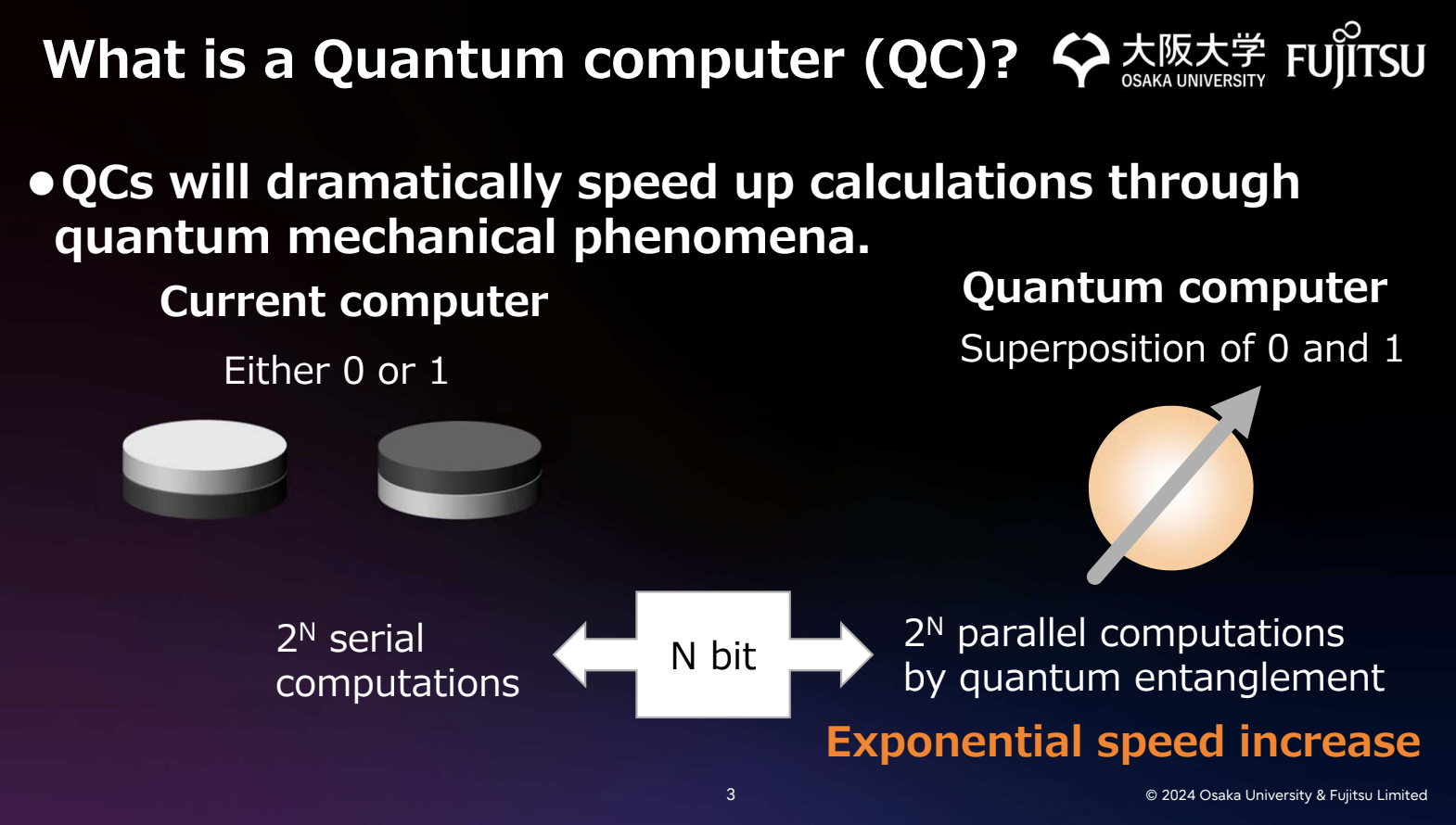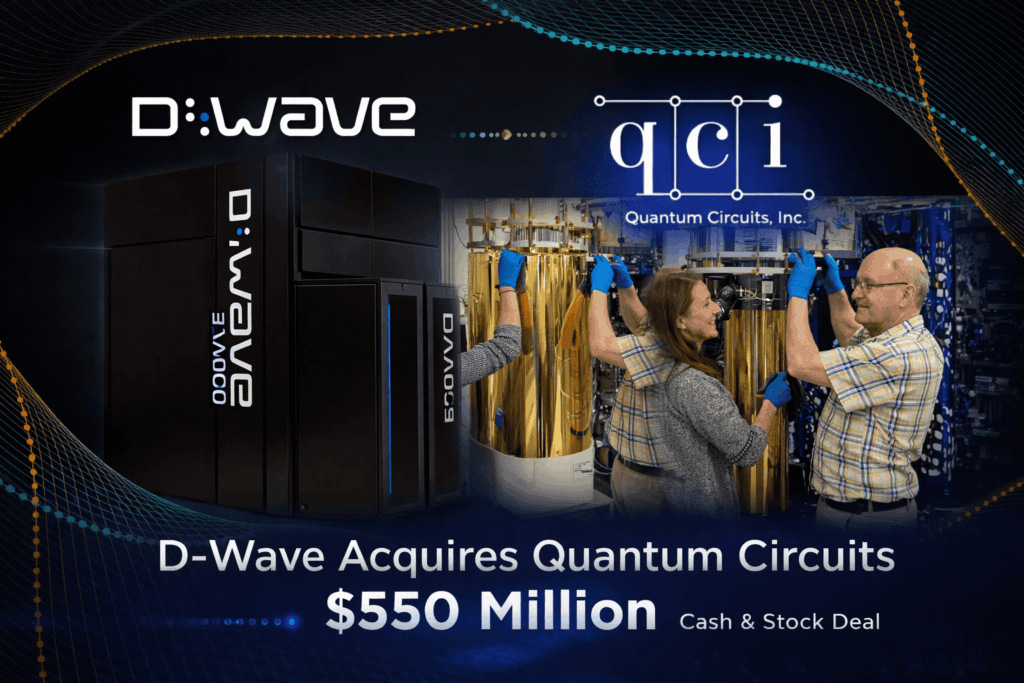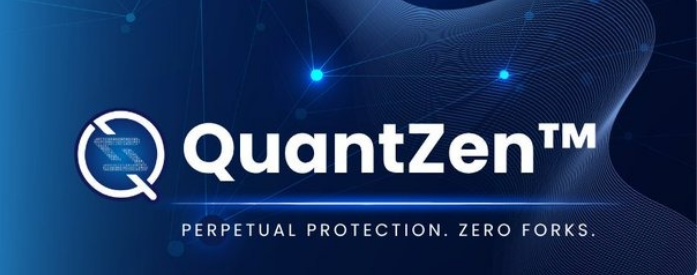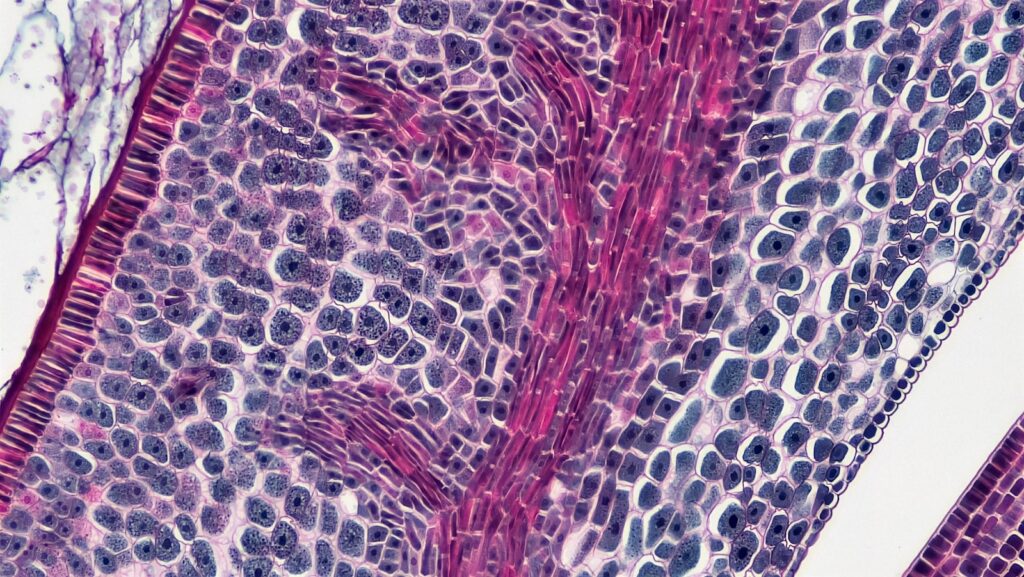Insider Brief
- Fujitsu and QIQB demonstrated that a quantum computer could solve a material energy estimate in 10 hours, a task that would take a classical computer five years.
- This breakthrough was achieved using only 60,000 qubits, far fewer than previously thought necessary for fault-tolerant quantum computation.
- The findings mark a significant step toward quantum advantage, potentially accelerating innovations in superconductors, materials, and drug discovery.
PRESS RELEASE — Fujitsu Limited and the Center for Quantum Information and Quantum Biology at Osaka University (QIQB) today announced the joint development of two new technologies for the space-time efficient analog rotation quantum computing architecture that will accelerate the realization of practical quantum computing.
Fujitsu and QIQB have leveraged these new technologies, one that improves phase angle accuracy during phase rotation and one that automatically generates efficient qubit operation procedures, to show that it is theoretically possible for a quantum computer to perform a calculation that would take a classical computer five years, in only ten hours. The two organizations found that the calculation, a material energy estimate, would be possible using only 60,000 qubits, significantly less than the amount typically thought to be required for fault-tolerant quantum computation (FTQC) to surpass the calculation speed of classical computers.
These results demonstrate for the first time how quantum advantage, i.e., quantum computers being able to solve problems faster than current classical computers, can be achieved in the early-FTQC era (5), which is expected to arrive around 2030. Quantum computing is expected to accelerate technological innovations in various fields, including enabling a larger-scale analysis of the Hubbard model (6) for developing high temperature superconductors (7), which may improve the efficiency of electrical infrastructure, as well as lead to innovations in material development and drug discovery.

The generation of efficient qubit operation procedures was achieved through the development of a quantum circuit generator. This system introduces a streamlined the process for converting logic gates, which are the fundamental operations of quantum computing, into physical gates, which operate the qubits. The system is also equipped with acceleration technology that minimizes computing time by dynamically changing the operational procedures of the qubits.
The two organizations initially announced the quantum computing architecture on March 23, 2023 (8), but there were obstacles to practical applications including insufficient accuracy in phase rotation and the lack of an established physical gating procedure, a method of operating qubits suitable for specific calculation problems. These new technologies address these obstacles.
Through their continued joint quantum computing initiatives, Fujitsu and QIQB aim to contribute to solving societal issues, addressing decarbonization and reducing the cost of new material development.
Acknowledgements
This research was supported by the following grants: Japan Science and Technology Agency (JST); the Program on Open Innovation Platforms for Industry-academia Co-creation (COI-NEXT), “Quantum Software Research Hub” (JPMJPF2014); JST Moonshot Goal 6 “Realization of a fault-tolerant universal quantum computer that will revolutionize economy, industry, and security by 2050”, R&D project “Research and Development of Theory and Software for Fault-tolerant Quantum Computers” (JPMJMS2061); and Japanese Ministry of Education, Culture, Sports, Science and Technology’s Quantum Leap Flagship Program (MEXT Q-LEAP) “Development of quantum software by intelligent quantum system design and its applications” (JPMXS0120319794).


















